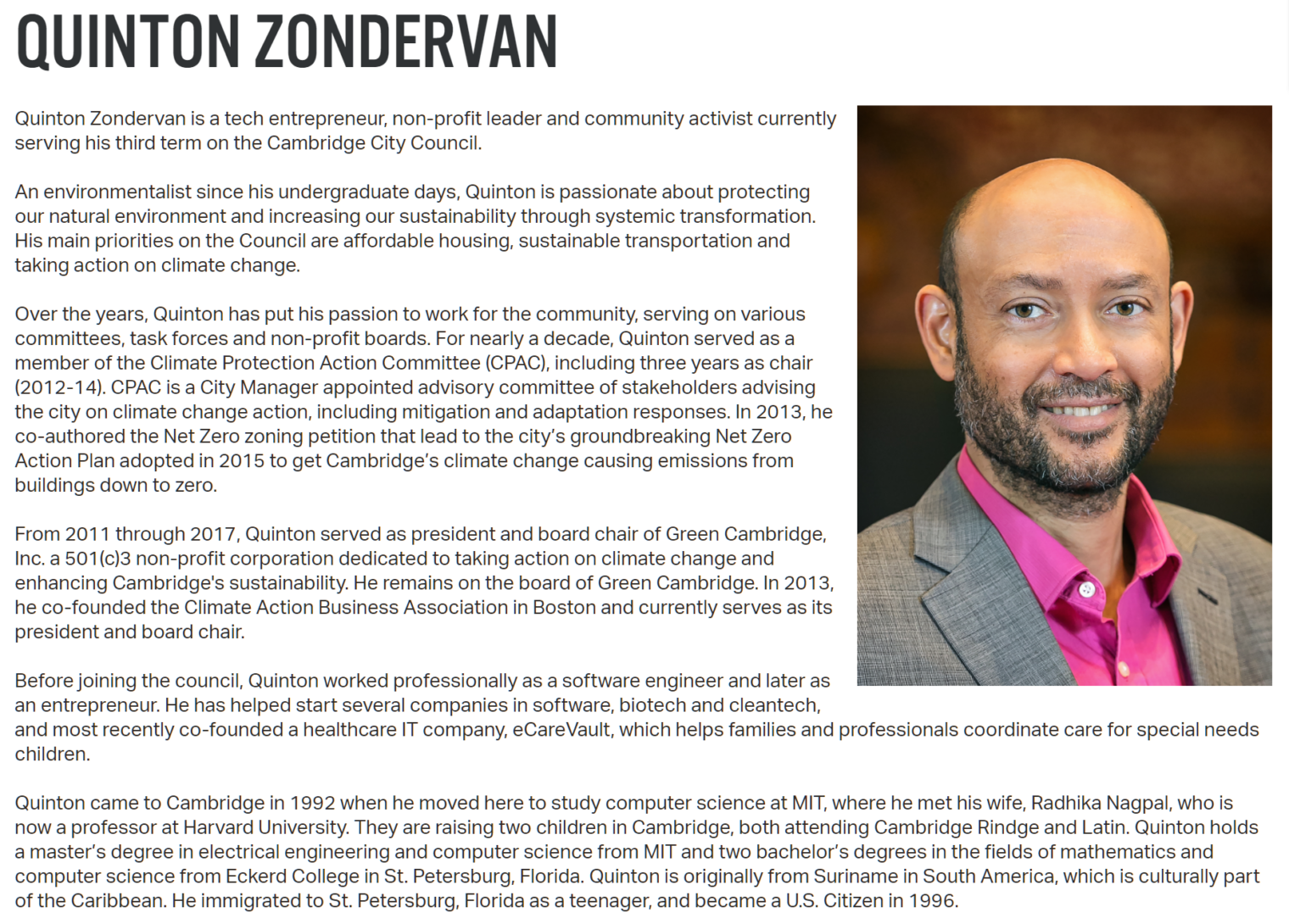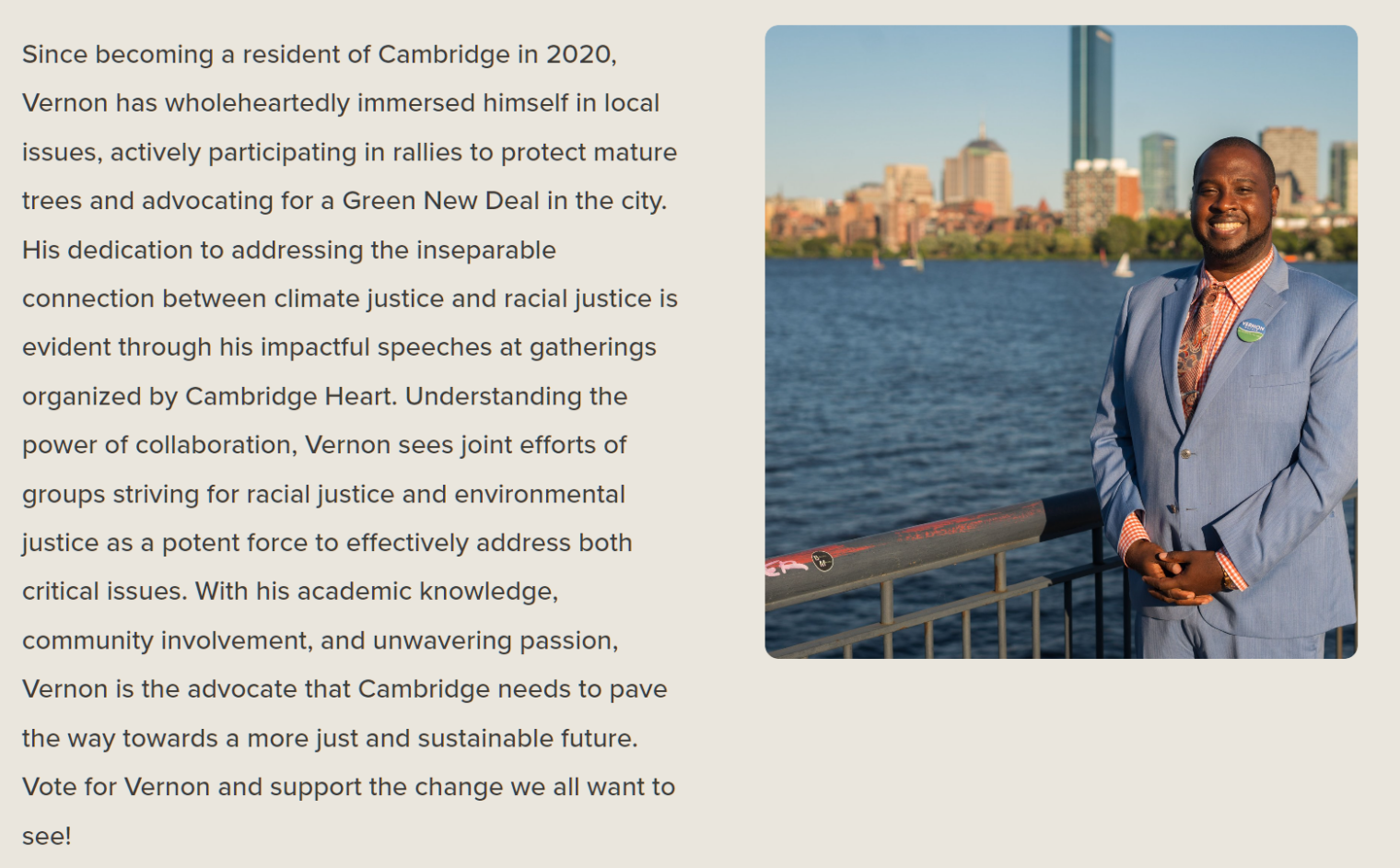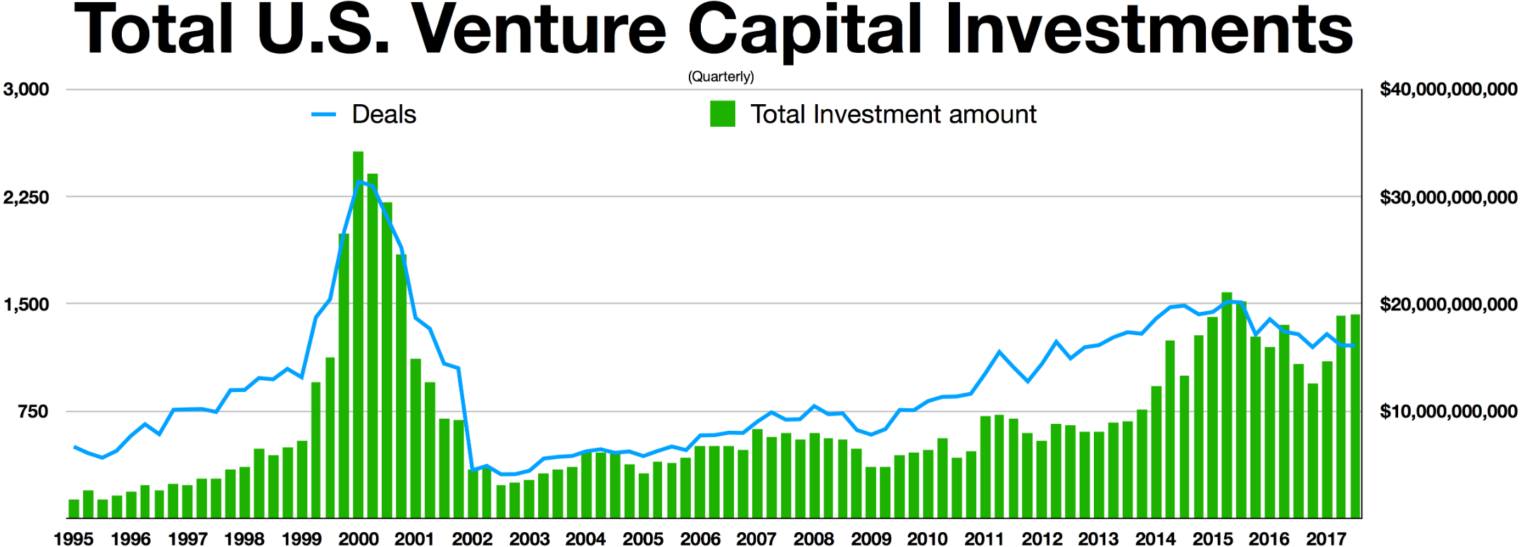Why does a young Jordanian qualify for asylum in the U.S.?
Jordan is a popular country for tourists to visit, e.g., retracing the steps of Indiana Jones at Petra. Yet, apparently, U.S. bureaucrats are happy to entertain the idea that it is too dangerous for Jordanians. CNN says “Jordanian arrested in Houston made statements supporting killing individuals of particular faiths, judge’s order says” (what kind of individuals?). The suspect is referred to as a “domestic violent extremist” by the FBI director. But if he is “Jordanian”, how did he end up becoming “domestic”? (If you search “Sohaib Abuayyash” there are some sources that identify him as Palestinian rather than merely Jordanian.)
“Jordanian national arrested in Houston allegedly planned attack on Jews” (New York Post, November 3, 2023) gives the background:
A “radical” Jordanian national living in Texas was allegedly plotting an attack on Houston’s Jewish community before he was arrested on gun charges.
Sohaib Abuayyash, 20, had been studying how to build bombs and posted about his support for killing Jews, federal officials claim.
Abuayyash is behind bars on charges of unlawful possession of a firearm by someone with a non-immigrant visa, and US Magistrate Judge Christina Bryan has ruled he should remain detained pending trial.
She wrote in court documents that Abuayyash spoke of committing martyrdom in support of a religious cause and made statements “that he wants to go to Gaza to fight,” according to documents also obtained by CBS News.
“He has viewed specific and detailed content posted by radical organizations on the Internet, including lessons on how to construct bombs or explosive devices,” she wrote.
An affidavit filed Oct. 19 in the US District Court for the Southern District of Texas also says Abuayyash “has been in direct contact with others who share a radical mindset, has been conducting physical training and has trained with weapons to possibly commit an attack.”
Here’s where the story becomes interesting (to me):
Abuayyash entered the US on a non-immigrant visa, which expired in 2019, but has since applied for asylum and obtained work authorization in the United States until 2025, according to court documents.
The guy wasn’t old or important enough, I don’t think, to have been a threat to the Jordanian government. How could he possibly have qualified for a 6-year asylum process? (that will be extended beyond 2025, presumably)
Speaking of Jordan, they had their own dispute with hostage-taking Palestinian freedom fighters. From the Wikipedia page on Black September:
Black September … was an armed conflict between Jordan, led by King Hussein, and the Palestine Liberation Organization (PLO), led by chairman Yasser Arafat. The main phase of the fighting took place between 16 and 27 September 1970, though certain aspects of the conflict continued until 17 July 1971.
The PLO’s strength grew, and by early 1970, groups within the PLO began calling for the overthrow of Jordan’s Hashemite monarchy, leading to violent clashes in June 1970. Hussein hesitated to oust them from the country, but continued PLO activities in Jordan culminated in the Dawson’s Field hijackings of 6 September 1970, when the Popular Front for the Liberation of Palestine (PFLP) seized three civilian passenger flights and forced their landing in the Jordanian city of Zarqa, where they took foreign nationals as hostages and blew up the planes in front of international press. Hussein saw this as the last straw and ordered the Jordanian Army to take action.
Arafat claimed that the Jordanian Armed Forces killed 25,000 Palestinians … In the September fighting, the PLO lost its main base of operations. Fighters were driven to Southern Lebanon where they regrouped.
But this dispute is long settled and there are plenty of Palestinians living happily in Jordan today (some are descendants of those expelled by Kuwait; see “Palestinian exodus from Kuwait (1990–91)”: There were 357,000 Palestinians living in Kuwait before the country was invaded by neighbouring Iraq in August 1990. The policy which led to this exodus was a response to the alignment of the Palestine Liberation Organization (PLO) in favour of the Iraqi invasion as well as PLO leader Yasser Arafat’s support for Iraqi President Saddam Hussein… 287,000 Palestinians were forced to leave in March 1991 by the government”)
Circling back to the main question of this post… does the U.S. have any standard at all for who can claim asylum and then hang out here for a decade or more? If so, why wouldn’t that standard have prevented Sohaib Abuayyash from clogging up the asylum courts?
Related:
- When Mr. Abuayyash is released from prison, he can get a job at SpaceX… “Justice Department Sues SpaceX for Discriminating Against Asylees and Refugees in Hiring” (justice.gov)
- Mr. Abuayyash would be part of an elite 2% in New York City: “Only 2% of the 140K migrants who have come to NYC have applied for work permits” (New York Post, November 10, 2023)
- from a 2012 visit to Petra:



























